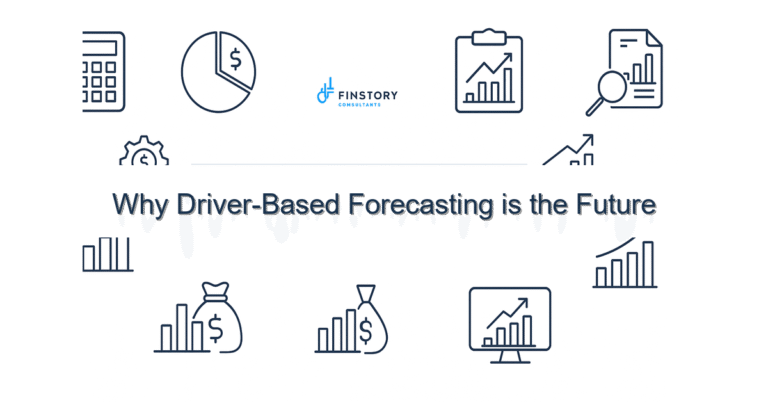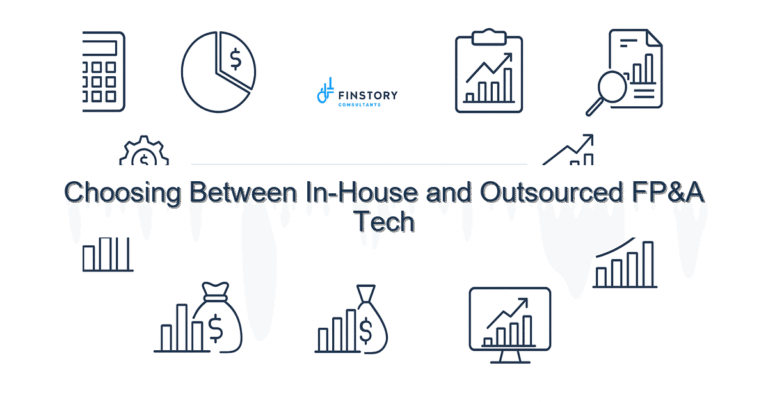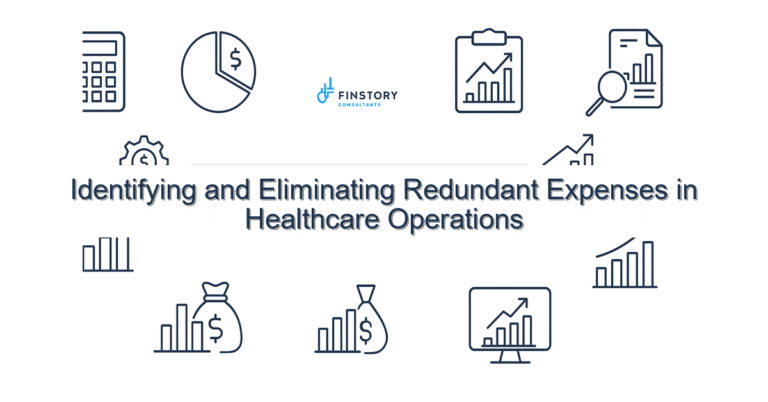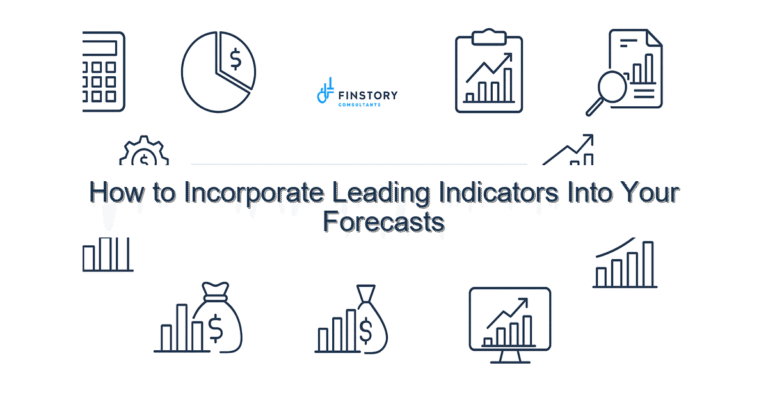Predicting Revenue in Uncertain Markets: Real-World Strategies
A few years ago, businesses could look at last year’s numbers, add a modest percentage, and call it a forecast.
But in today’s world—pandemics, geopolitical tensions, inflation spikes—that approach can leave you badly exposed.
Because if there’s one thing business owners everywhere have learned, it’s this:
Markets can change fast.
So how do you predict revenue when uncertainty is the only constant?
Why Revenue Forecasting Feels So Hard Right Now
Businesses face:
✅ Rapid shifts in customer demand
✅ Volatile pricing for materials and services
✅ Longer or unpredictable sales cycles
✅ Global events impacting local markets
Relying solely on past data doesn’t cut it anymore. You need tools and strategies that account for what might happen next.
Two Real-World Scenarios
Let’s see how this plays out for different businesses:
Example 1: The Exporter
An Indian textile exporter shipped large volumes to Europe pre-pandemic.
Suddenly:
- European demand dropped due to lockdowns
- Shipping costs tripled
- Currency fluctuations hurt margins
Instead of relying only on past sales, they started:
- Monitoring global economic news weekly
- Running multiple forecast scenarios:
- One if Europe reopened quickly
- Another if lockdowns persisted
- Locking in currency rates when favorable
They kept business afloat by adapting forecasts monthly rather than annually.
Example 2: The Event Management Company
A Chennai-based event firm specialized in large corporate conferences. In 2020, revenue dropped to near zero.
They pivoted to virtual events but had no historic data to predict new revenue streams.
They adjusted by:
- Talking directly to clients about future budgets
- Testing small virtual events to gauge demand
- Updating forecasts every 30 days instead of quarterly
Slowly, they rebuilt predictable revenue even in a turbulent market.
Real-World Strategies for Forecasting in Uncertainty
1. Use Scenario Planning
Don’t build just one forecast—create several:
- Best-case scenario: Market booms
- Expected scenario: Moderate growth
- Worst-case scenario: Demand drops sharply
This helps you avoid nasty surprises.
2. Track Leading Indicators
Don’t wait for revenue to drop before reacting. Monitor:
- Customer inquiries and quotes
- Industry-specific trends
- Social media sentiment
- Economic data like inflation rates or consumer confidence
These clues help you adjust faster than waiting for revenue reports.
3. Shorten Your Forecast Horizon
Instead of forecasting the entire year at once, consider:
- Monthly rolling forecasts
- Bi-weekly check-ins for high-risk industries
This gives you flexibility to adjust quickly.
4. Stay Close to Your Customers
One of the best predictors of future revenue is talking to your clients.
- Are they cutting budgets?
- Expanding new projects?
- Changing timelines?
Frequent conversations help you adjust your forecasts with real-time intelligence.
5. Build a Financial Cushion
Predicting revenue perfectly is impossible in volatile markets. So always:
- Keep extra cash reserves
- Plan for expenses to scale back if revenue drops
This buys you time to adjust.
How a Virtual CFO Can Help
Forecasting in uncertain markets is overwhelming, especially if you’re busy running day-to-day operations. A Virtual CFO can:
- Build dynamic forecasting models with multiple scenarios
- Identify early warning signals in your numbers
- Help you decide when to pivot and how to reallocate resources
- Provide peace of mind that you’re prepared for whatever comes next
They’re not just financial experts—they’re strategic partners guiding you through choppy waters.
Final Thoughts
So let me ask you: Are you building forecasts that can handle uncertainty—or hoping the future looks like the past?
Because in today’s world, agility isn’t optional—it’s your greatest competitive advantage.
If you’re ready to forecast smarter (and sleep better at night), a Virtual CFO might be the best move you’ll ever make.






